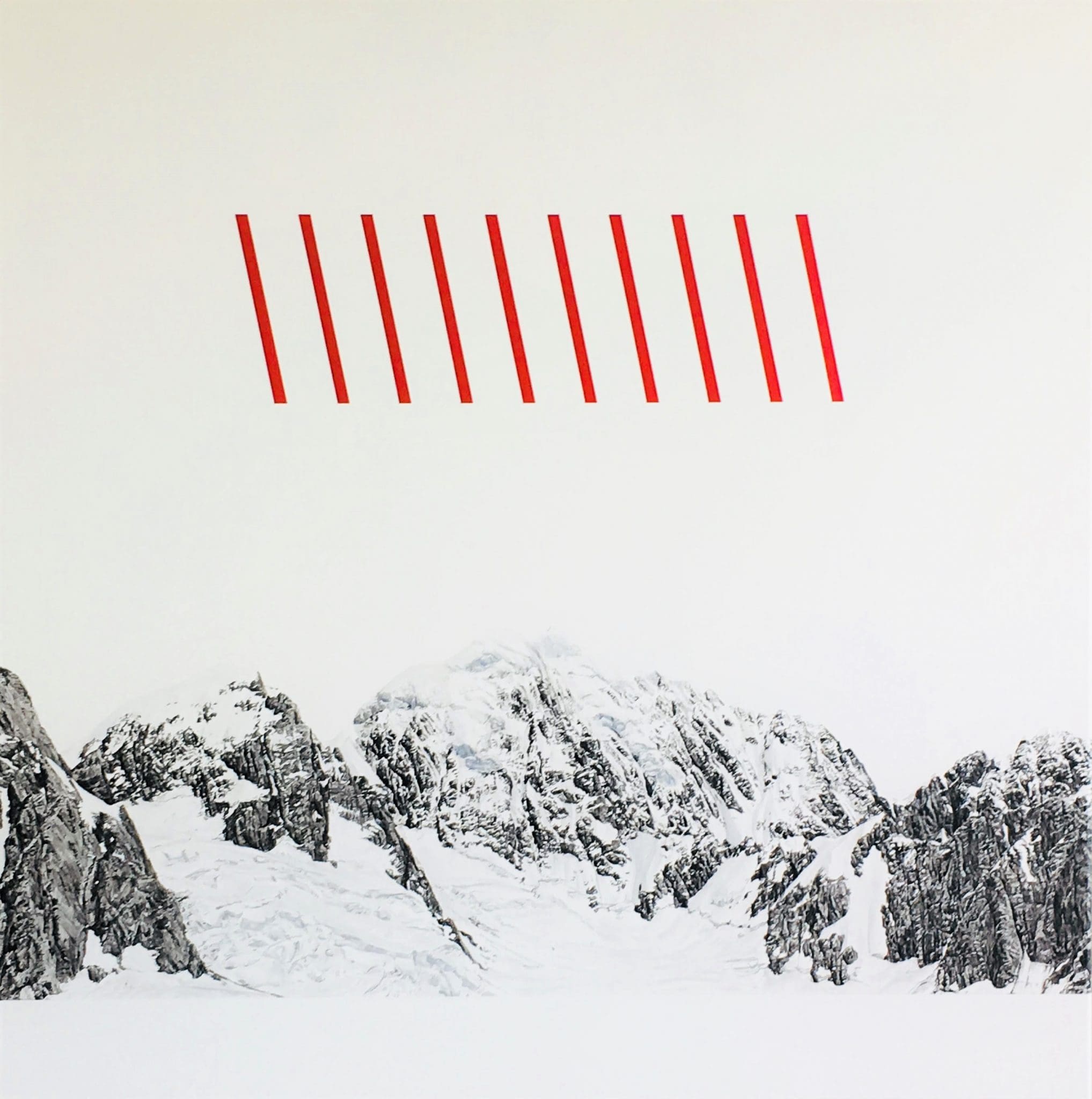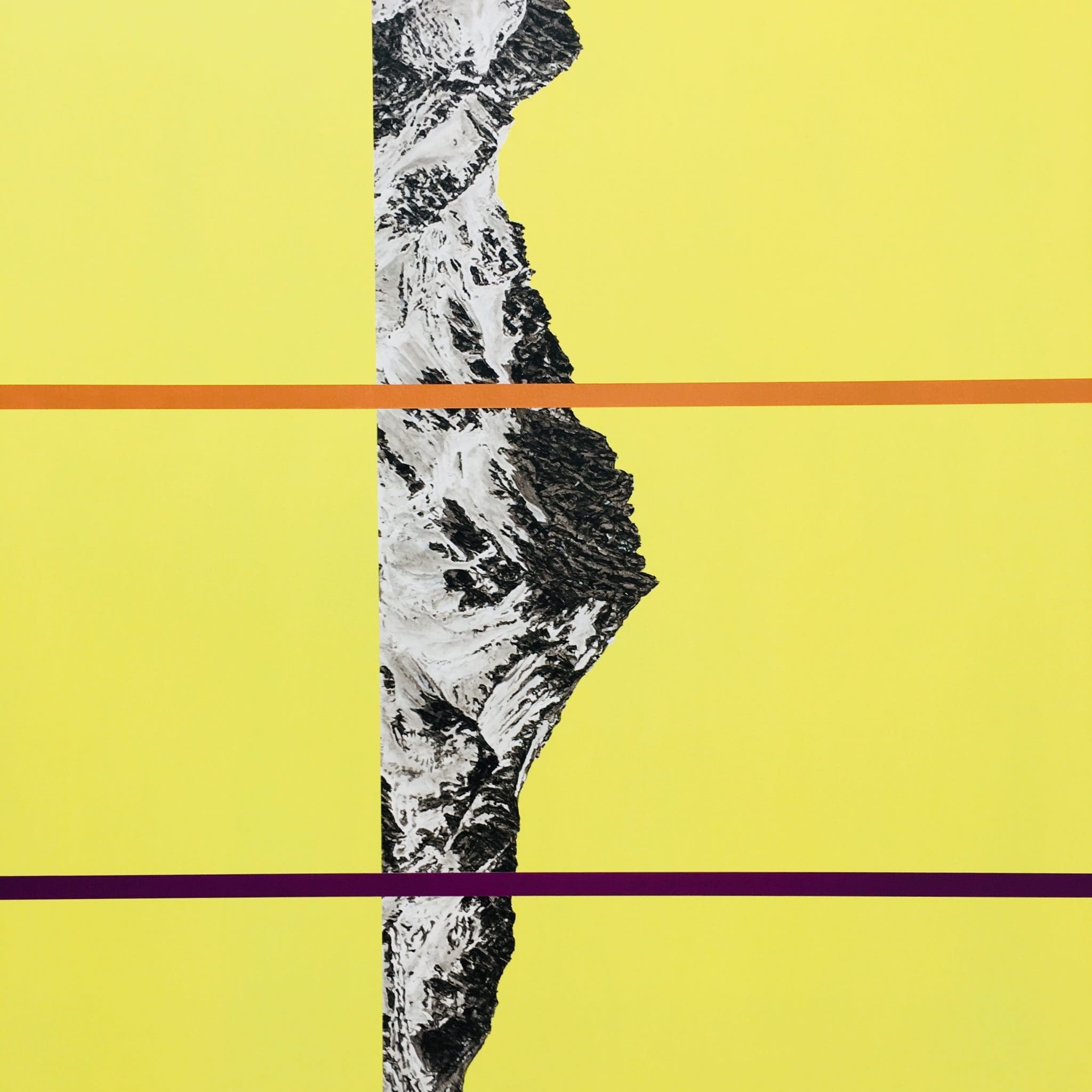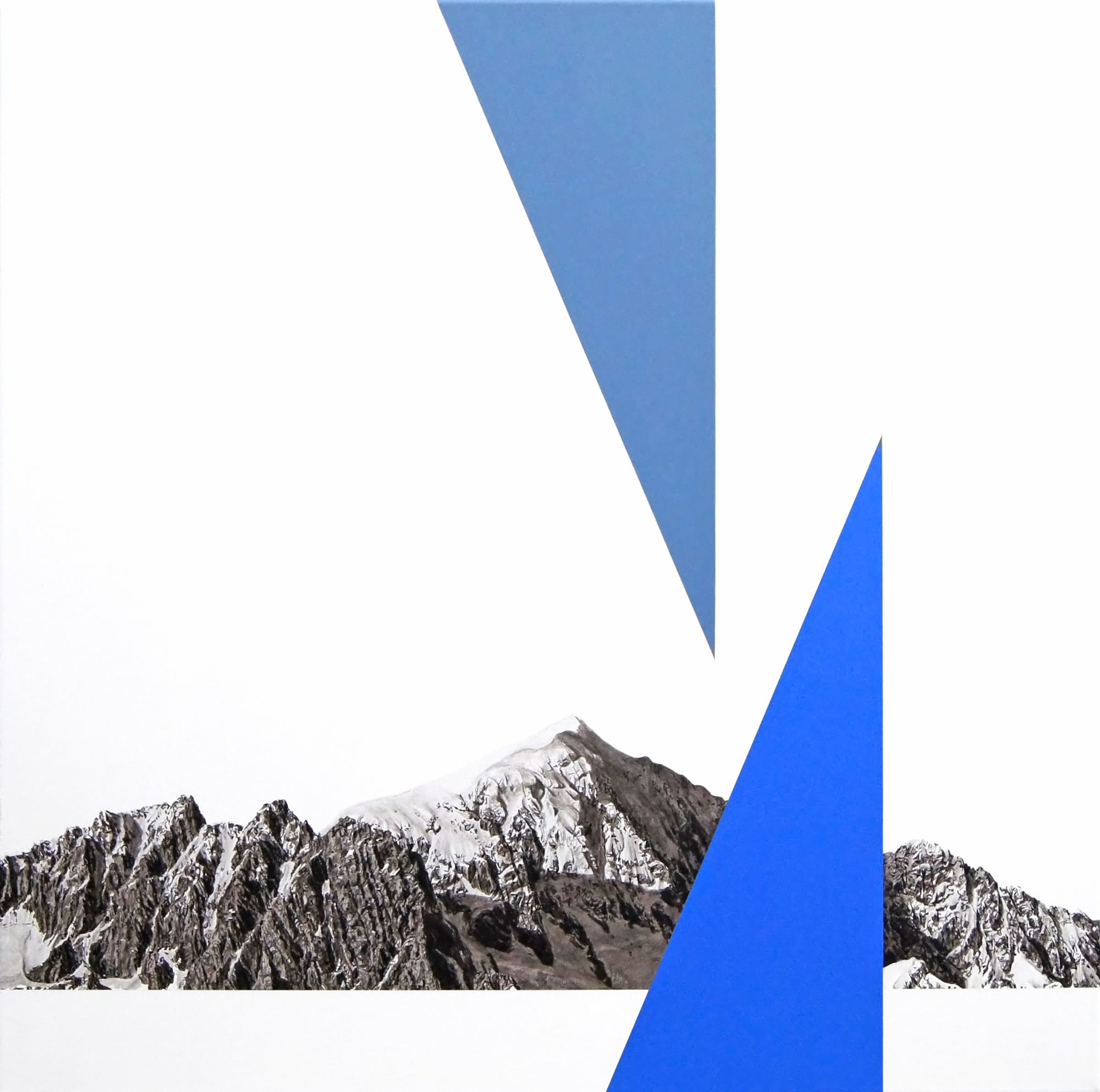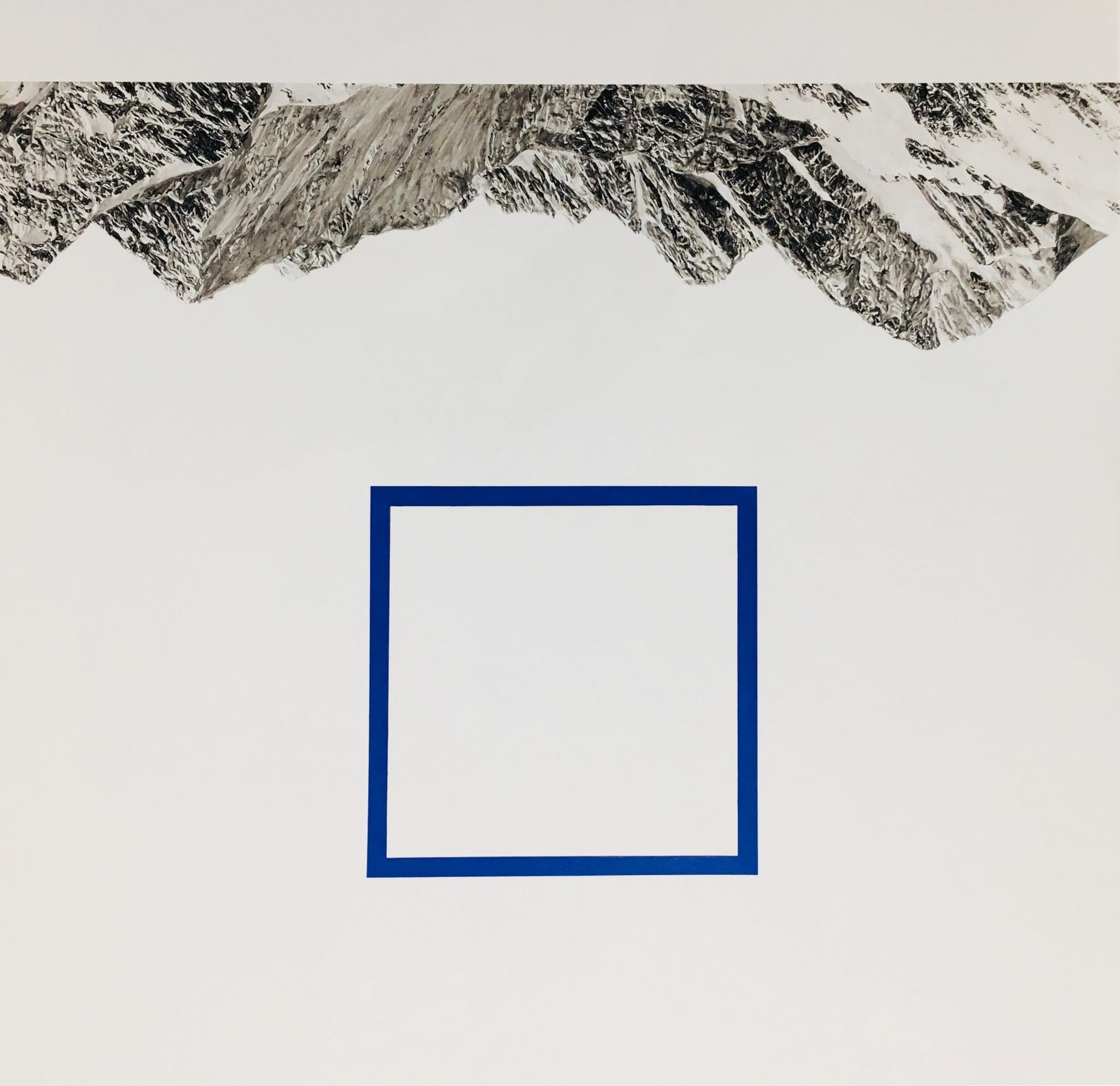Parker Gallery shares their views on Artist Natchez Hudson. Have you seen his work?
Natchez Hudson Moves Mountains
When I first saw the works of Natchez Hudson, like many others, I assumed his mountains were some type of photographic transfer. Upon closer inspection I soon realised that his picture-perfect mountains are in fact hand painted. And while he could quite easily become the next photo-realistic maestro, it swiftly becomes evident why he did not.
Natchez describes his work as “a visual enquiry into the relevance and utility of representational landscape painting in the contemporary world”. Through his work he questions the critical relevance of landscape within a modern environment, given that so much of New Zealand identity is based upon this very subject. Since his graduation from Elam School of Fine Arts in 2001, he has achieved everything he set out to.
Within finely reproduced depictions of the hero peaks of the Southern Alps and Kaikoura Ranges, Natchez relocates familiar images in a new and undiscovered context. His work almost always contains an element which disrupts the usual illusional depth that landscapes are famous for. Where traditional landscape paintings were intended to behave as a window representing a view into the distance, he forces us to re-think illusive depth altogether.
‘Burn Baby Burn’, ‘Ivy Mike’ and ‘The Waiting Game’ all feature crisp, white backgrounds and the addition of squares, triangles and stripes. Due to their perfect execution these works resemble computer-generated graphics, however in reality they are the thoughtful and painstakingly rendered works of a genius. The abstract elements of red stripes and blue triangles another clear reminder that what we are seeing is paint on canvas, a 2D flat surface that is ultimately devoid of any actual visual depth.
Through the elements of paint, canvas and support, Natchez unravels our preconceptions with geometric inclusions and what could be considered ‘unnatural’ background colours, including pastel blue in ‘Ranger Able’, bright pink in ‘Landscape 1 (Here, Now)’ and yellow in ‘Landscape 3 (The Wave)’. Here he removes the traditional comfort zone associated with landscapes, and instead invites his audience to consider the inherent reality of the image which is presented to them.
He also upends the very meaning of the landscape orientation. In ‘Burn, Baby, Burn’ he has inverted the mountain so that it appears ‘upside down’, or more challenging still, ‘Landscape 3 (The Wave)’ is presented at a 90 degree angle to the horizontal plane. This often makes viewers uncomfortable and this is by all means deliberate. By turning landscape into a compositional element, Natchez affects the viewers own upright world view.
It is universally understood that landscape painting is a flooded genre that requires a unique vision to refresh our visual palates. For that reason, it is inspiring to see an artist who, while clearly technically gifted at exact reproduction, has retained an intellectual investment in his practice that pushes it beyond decoration. With that in mind, I am confident that Natchez Hudson will eventually succeed in pulling us all, kicking-and-screaming, into the future.
Natchez Hudson graduated with a Bachelor of Fine Arts at Elam School of Fine Arts in 2001. Since then he has exhibited internationally and throughout New Zealand and is an award-winning contemporary painter and installation artist. Natchez lives and works in Wellington, New Zealand. He regularly exhibits in his hometown of Wellington, and his work is also represented by Parker Gallery, Nelson and Victor Contemporary Art, Switzerland.
Written by Leonie Allen





This Post Has 0 Comments